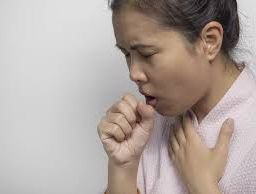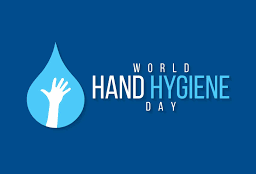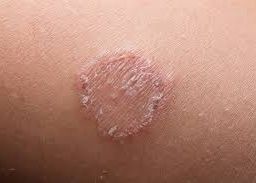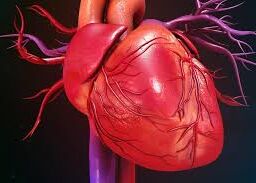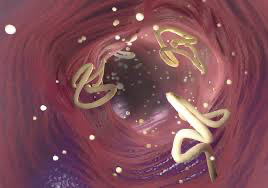
How Intestinal Worms Are Transmitted and How to Protect Yourself
Explore the intricate world of intestinal worms in this informative guide. From understanding different types to learning about transmission modes and prevention strategies, delve into essential knowledge to protect your health against these parasitic infections.
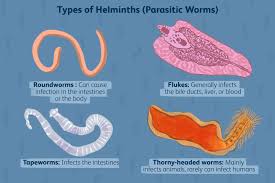
While worms are fascinating creatures that play important roles in ecosystems, it is essential to shed light on a different side of their existence. Certain species of worms can become internal parasites in the human body, leading to infections and health complications. In this post, we will delve into the intriguing topic of intestinal worms, exploring common types, modes of transmission, symptoms, and preventive measures to safeguard our health.
Types of Intestinal Worms:
Several types of worms can infect the human intestines. The most common ones include:
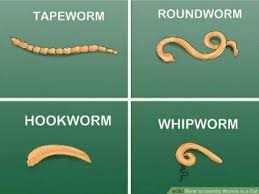
a) Roundworms (Ascaris lumbricoides): These are the most prevalent intestinal worms worldwide, especially in areas with poor sanitation. Adult roundworms can grow up to 35 centimeters in length and may cause intestinal blockages.
b) Tapeworms (Taenia saginata and Taenia solium): Tapeworms are flat, segmented worms that can grow inside the intestines. They can be acquired by consuming undercooked or contaminated meat.
c) Whipworms (Trichuris trichiura): These worms are named for their whip-like shape. Whipworm infections are common in areas with inadequate sanitation and hygiene practices.
d) Hookworms (Necator americanus and Ancylostoma duodenale): Hookworms are small worms that attach to the intestinal lining and feed on blood. Infections occur through contact with contaminated soil or walking barefoot on infected ground.
Modes of Transmission:
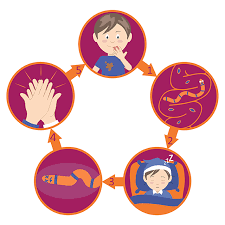
Intestinal worm infections typically occur through the ingestion or penetration of worm eggs or larvae. The primary modes of transmission include:
a) Contaminated Food and Water: Poor sanitation and inadequate hygiene practices can lead to the contamination of food and water sources with worm eggs or larvae. Consuming contaminated food or water can introduce these parasites into the body.
b) Fecal-Oral Route: Inadequate handwashing after using the toilet or coming into contact with contaminated surfaces can result in the transfer of worm eggs to the mouth. This can occur when handling food or objects that have been contaminated with feces.
c) Soil Contamination: Certain worms, like hookworms, thrive in soil contaminated with human feces. Walking barefoot on infected soil allows the larvae to penetrate the skin, leading to infection.
Symptoms and Health Complications:

The symptoms of intestinal worm infections can vary depending on the type of worm and the severity of the infection. Common signs and symptoms include:
a) Abdominal pain or discomfort
c) Diarrhea or constipation
e) Weight loss and malnutrition
f) Itching around the anus or in the rectal area
g) Anemia (in the case of hookworm infections)
In severe cases, prolonged or untreated worm infections can lead to complications such as intestinal blockages, malabsorption of nutrients, and impaired growth and development, particularly in children.
Preventive Measures:

Preventing intestinal worm infections requires adopting good hygiene practices and taking necessary precautions:
a) Personal Hygiene: Regularly washing hands with soap and clean water, especially after using the toilet and before handling food, is crucial in preventing worm infections. Encourage children to maintain good hygiene practices as well.
b) Food and Water Safety: Ensure that food is properly cooked and handled hygienically. Drink safe, clean water from reliable sources, and consider treating or boiling water when necessary.
c) Sanitation and Waste Management: Promote improved sanitation practices, including the use of latrines or toilets and proper disposal of human waste. Encourage community-wide efforts to maintain clean environments and prevent the contamination of soil and water sources.
d) Proper Food Handling: Practice good food hygiene, such as washing fruits and vegetables thoroughly before consumption, avoiding raw or undercooked meat, and maintaining proper storage and refrigeration of perishable food items.
e) Footwear Usage: In areas where soil contamination is prevalent, wearing shoes or protective footwear can reduce the risk of hookworm infections through skin penetration.
f) Regular Deworming: In certain regions or high-risk populations, regular deworming programs may be implemented to treat and prevent worm infections. Consult with healthcare professionals or local health authorities for appropriate guidelines and medications.
g) Education and Awareness: Promoting awareness about the transmission, symptoms, and prevention of intestinal worm infections is essential. Educate communities, schools, and healthcare providers about the importance of hygiene practices and preventive measures.

Intestinal worm infections are a significant health concern, particularly in areas with inadequate sanitation and hygiene practices. Understanding the different types of worms, their modes of transmission, symptoms, and preventive measures can empower individuals and communities to protect themselves and reduce the burden of these infections. By promoting proper hygiene, sanitation, and education, we can work towards a healthier future, free from the complications of intestinal worm infestations.
Disclaimer: The information provided in this content is for general informational purposes only. It is not intended as medical or healthcare advice, diagnosis, or treatment. Always seek the advice of a qualified healthcare professional with any questions you may have regarding a medical condition or healthcare decisions.



